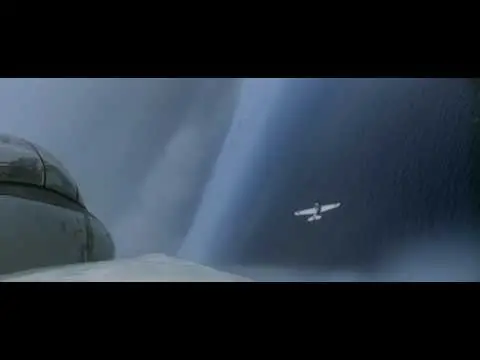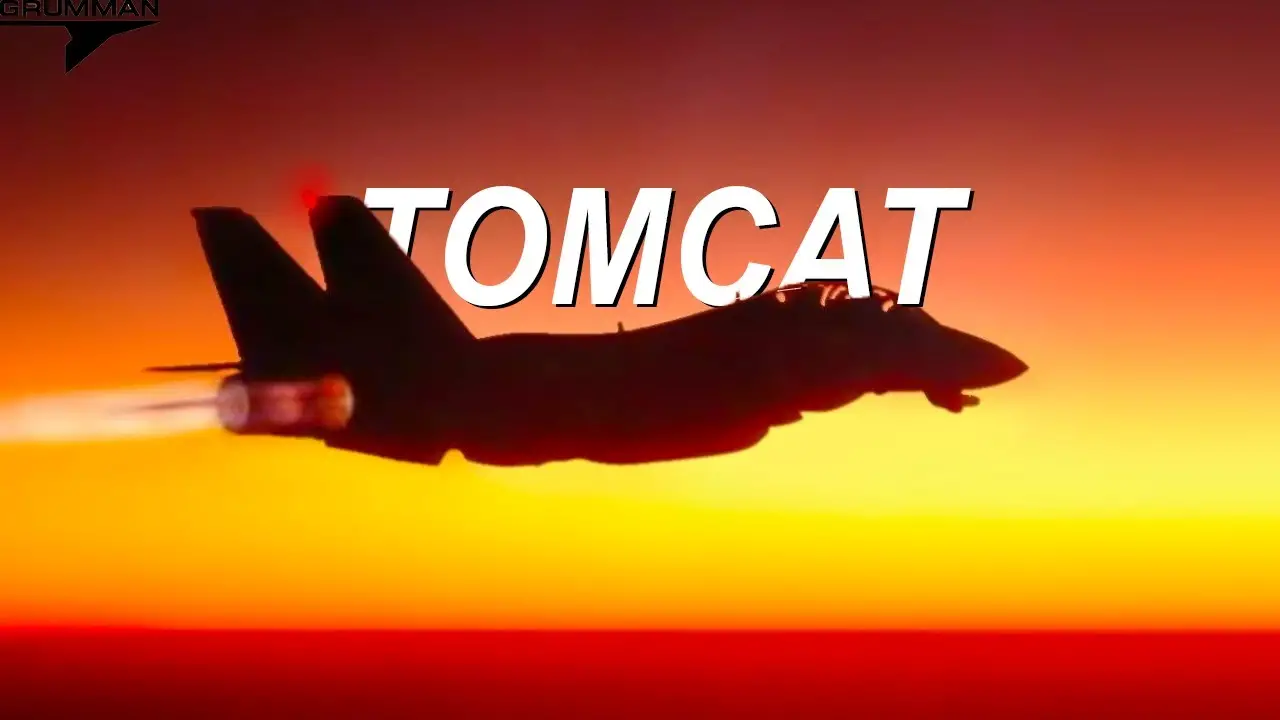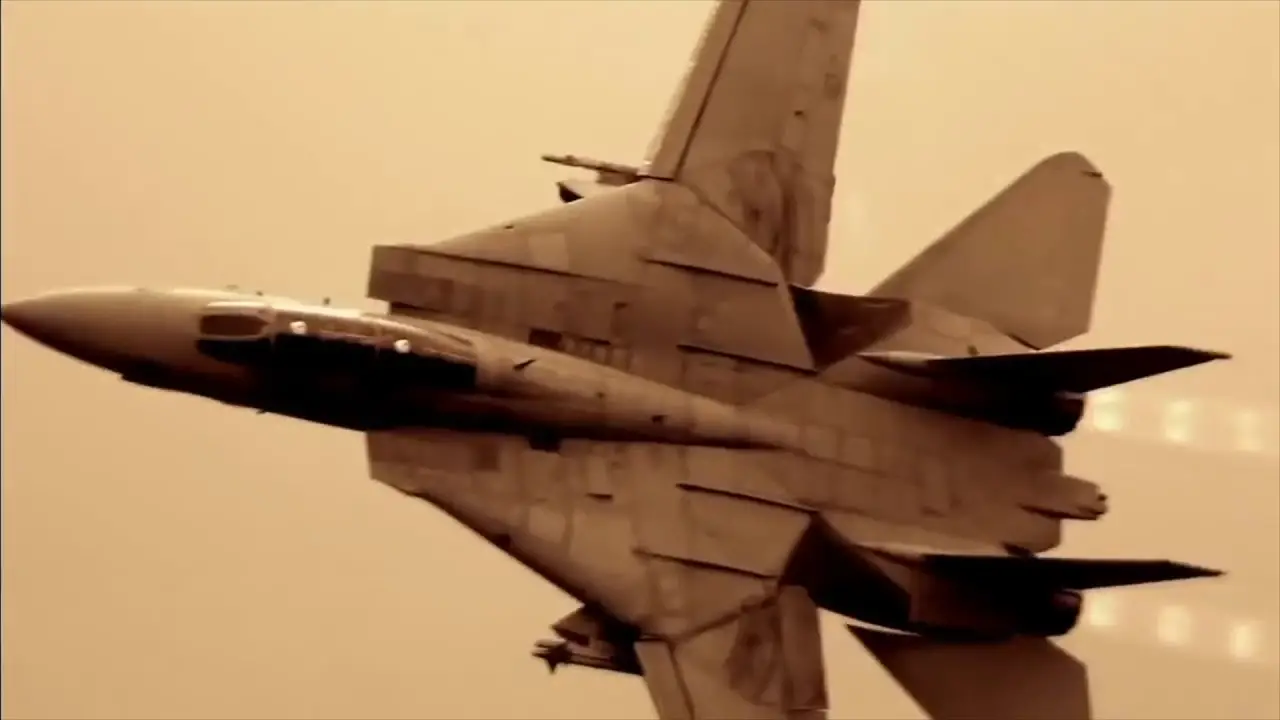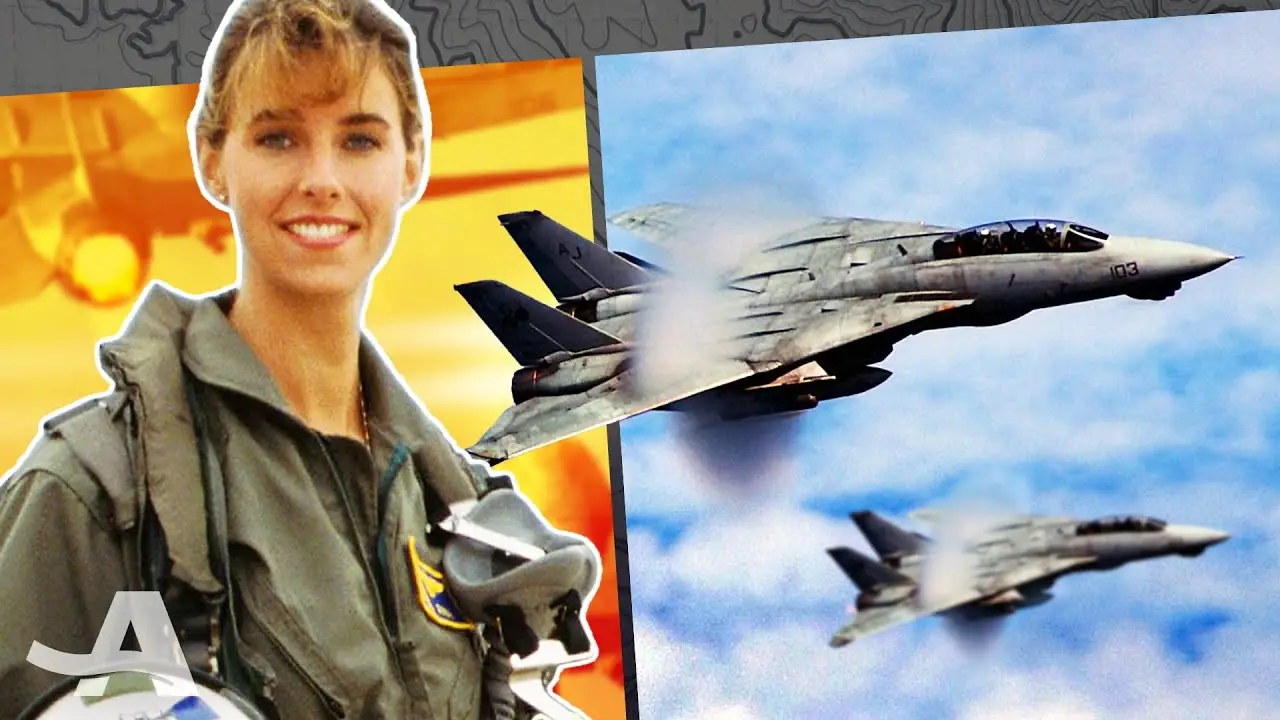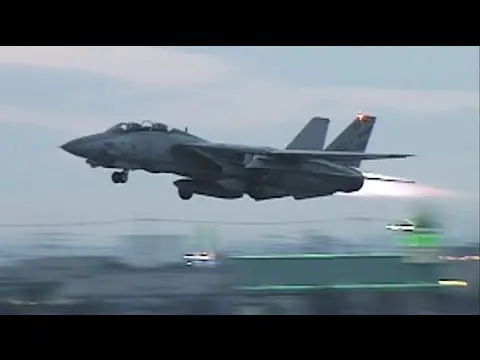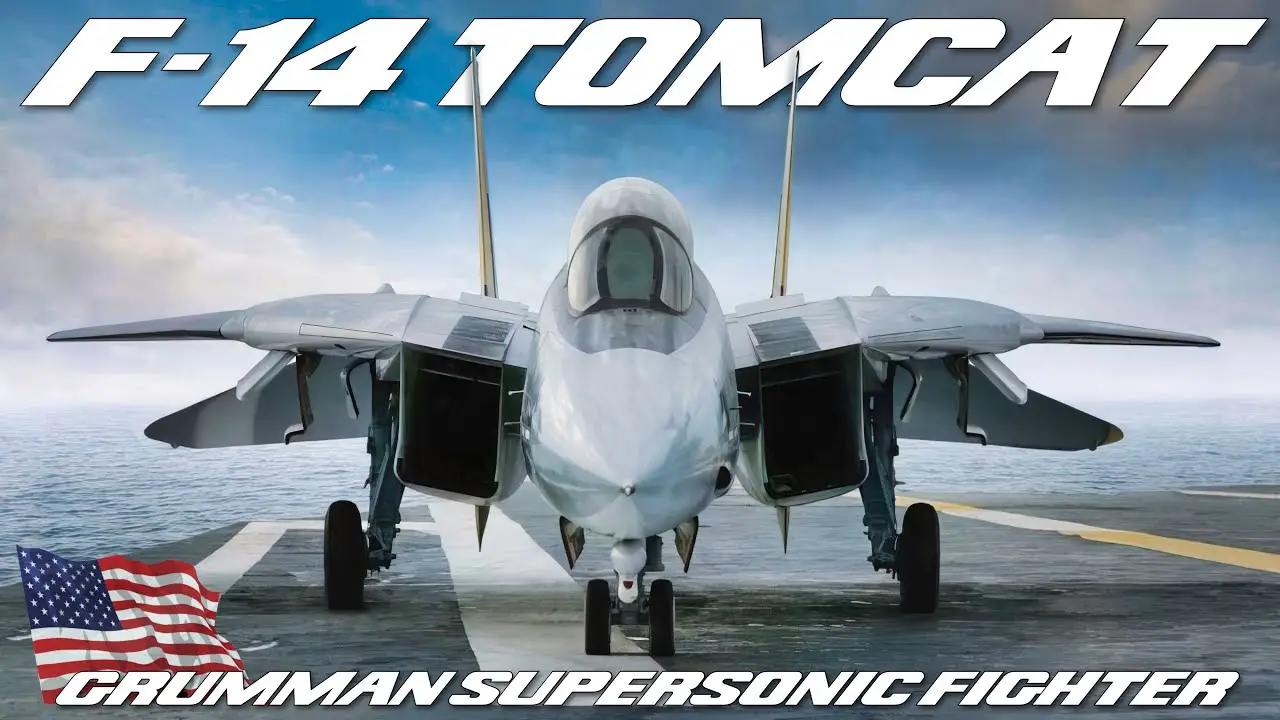F14 Tomcat An In-Depth Overview
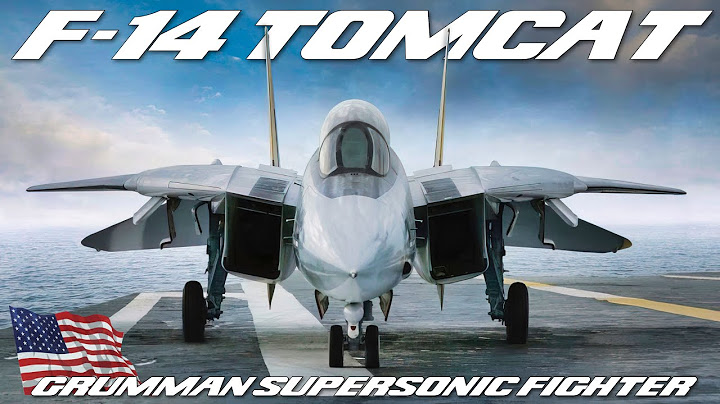
The F14 Tomcat, an iconic supersonic fighter jet, revolutionized aerial warfare upon its introduction. This formidable aircraft, known for its advanced capabilities and distinctive twin-engine design, played a pivotal role in deterring enemy threats and safeguarding airspace. This comprehensive guide delves into the history, performance, variants, and cultural significance of the F14 Tomcat.
A Brief History
The F14 Tomcat was conceived during the Cold War as a replacement for the F4 Phantom II. In response to the increasing threat posed by Soviet supersonic bombers and fighters, the US Navy sought a cutting-edge aircraft capable of long-range interception and air superiority. The F14, designed by Grumman Aerospace Corporation, entered service in 1974 and served as the US Navy’s primary fighter jet for over three decades.
Design and Performance
The F14 Tomcat embodied the pinnacle of aviation engineering. Its most striking feature was its variable-geometry wings, which could sweep forward or backward depending on the flight regime. This innovative design allowed for both high-speed interception and maneuverability at lower speeds. The aircraft was powered by two powerful General Electric TF30 turbofan engines, each generating over 20,000 pounds of thrust. This propulsion system enabled the F14 to reach speeds of Mach 2.34 (over 1,500 mph) and climb to altitudes exceeding 50,000 feet.
Variable-Geometry Wings
The F14’s variable-geometry wings were a major technological advancement in aircraft design. These wings could be manually or automatically adjusted to different angles, allowing the aircraft to optimize its performance for various flight conditions. When fully extended, the wings provided maximum lift for takeoff and landing, while in a swept-back position, they reduced drag and increased speed. This feature gave the F14 a distinct advantage in combat situations, as it could quickly adapt to changing flight requirements.
Powerful Engines
The F14’s two General Electric TF30 engines were the most powerful engines ever used on a fighter jet at the time of its introduction. These engines not only provided the necessary thrust for high-speed flight, but they also allowed the F14 to perform complex maneuvers and maintain stability in the air. The engines were also equipped with afterburners, which increased their thrust output by injecting additional fuel into the exhaust stream. This feature gave the F14 an impressive top speed and acceleration capabilities.
Variants of the F14 Tomcat
Over the course of its service, the F14 Tomcat underwent several upgrades and modifications to enhance its performance and capabilities. The following are the major variants of the F14:
F14A
The F14A was the original version of the F14, which entered service in 1974. It featured the variable-geometry wings, powerful TF30 engines, and advanced avionics systems. This variant was primarily used for air-to-air combat missions.
F14B
In the late 1980s, the US Navy upgraded the F14A to the F14B standard, which included improved radar and avionics systems. The F14B also had the capability to carry the AIM-54 Phoenix long-range air-to-air missile, making it a more versatile aircraft.
F14D
The F14D was the final variant of the F14, introduced in 1991. It featured upgraded engines, avionics, and weapons systems, making it the most advanced version of the F14. The F14D was primarily used for precision strike missions and had the ability to carry a wide range of air-to-ground weapons.
Cultural Significance
The F14 Tomcat gained widespread recognition and popularity through its appearance in the 1986 blockbuster film “Top Gun.” The film, which starred Tom Cruise as a US Navy fighter pilot, showcased the F14’s capabilities and made it a symbol of American military power. The film also sparked an interest in aviation and inspired many young people to pursue careers in the military.
The F14 Tomcat also had a significant impact on popular culture, with its distinctive design and advanced technology making it a favorite among model enthusiasts, video game developers, and even pinball machine manufacturers. Its legacy continues to live on through various forms of media, cementing its place in history as one of the most iconic fighter jets ever built.
F14 Tomcat for Sale
As the F14 Tomcat was retired from service in 2006, it is no longer available for purchase by the general public. However, there are a few F14s that have been decommissioned and put up for sale by the US government. These aircraft are highly sought after by collectors and can cost anywhere from $1 million to $3 million.
F14 Tomcat Top Speed
The F14 Tomcat’s top speed was Mach 2.34, which is equivalent to over 1,500 mph. This impressive speed allowed the F14 to quickly intercept and engage enemy aircraft, giving it a significant advantage in combat situations.
F14 Tomcat in “Top Gun”
The F14 Tomcat gained worldwide recognition through its appearance in the 1986 film “Top Gun.” The film showcased the F14’s capabilities and made it a cultural icon. The F14 was prominently featured in several action sequences, including the famous “MIG-28” dogfight scene.
F14 Tomcat Model
The F14 Tomcat has been a popular subject for model enthusiasts, with numerous scale models available in the market. These models range from simple snap-together kits to highly detailed and intricate replicas. Some popular brands that offer F14 Tomcat models include Revell, Tamiya, and Hasegawa.
F14 Tomcat Wallpaper
The F14 Tomcat’s distinctive design and powerful presence have made it a popular subject for wallpapers. These wallpapers feature high-quality images of the F14 in various flight configurations, making them a favorite among aviation enthusiasts.
F14 Tomcat Cockpit
The F14 Tomcat’s cockpit was designed to provide the pilot with maximum visibility and ease of operation. The cockpit featured advanced avionics systems, including a heads-up display (HUD) and a multi-function display (MFD), which provided critical information to the pilot during flight. The cockpit also had a unique “swing-wing” control handle, which allowed the pilot to adjust the wing sweep angle manually.
Exploring the History and Impact of USS Dwight D. Eisenhower (CVN-69)
F14 Tomcat First Flight
The first flight of the F14 Tomcat took place on December 21, 1970, at Grumman Aerospace Corporation’s facilities in Calverton, New York. The test pilot, Robert K. Smyth, successfully flew the aircraft for 26 minutes, reaching a maximum altitude of 30,000 feet. This historic flight marked the beginning of the F14’s illustrious career in the US Navy.
F14 Tomcat Length
The F14 Tomcat had a length of 62 feet 9 inches (19.1 meters) and a wingspan of 64 feet (19.5 meters). Its height was 16 feet (4.8 meters), and it had an empty weight of 40,104 pounds (18,180 kg).
Conclusion
The F14 Tomcat was a groundbreaking aircraft that pushed the boundaries of aviation technology and capabilities. Its unique design, powerful engines, and advanced systems made it a formidable fighter jet that played a crucial role in safeguarding US airspace. The F14’s cultural significance and popularity continue to live on, cementing its place as one of the most iconic aircraft in history.

